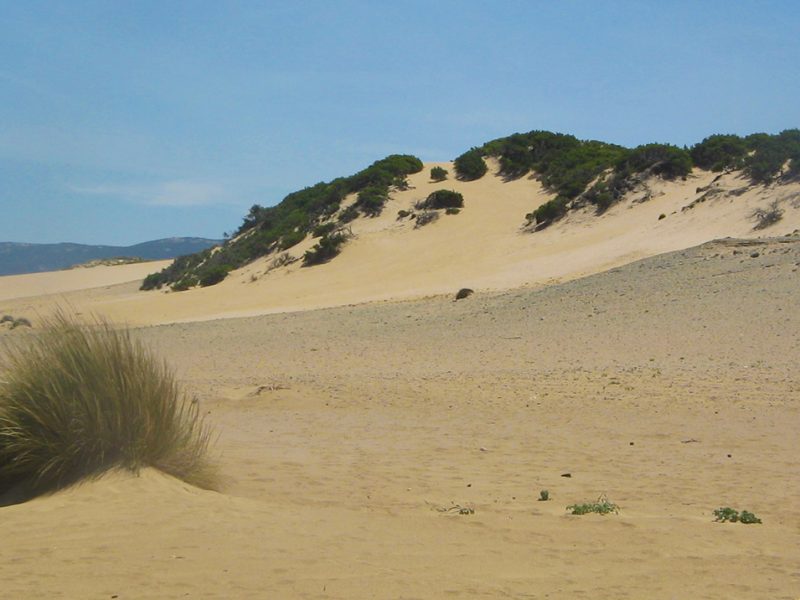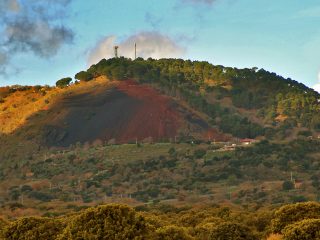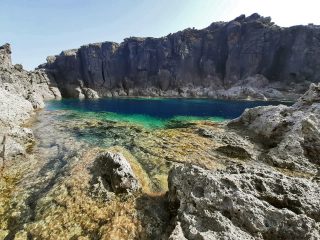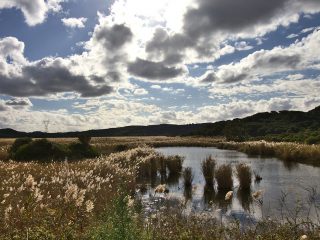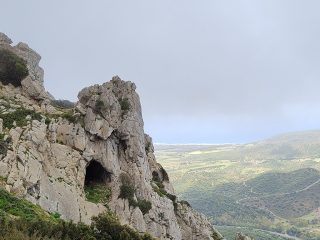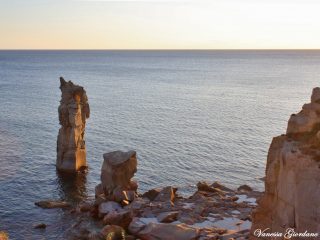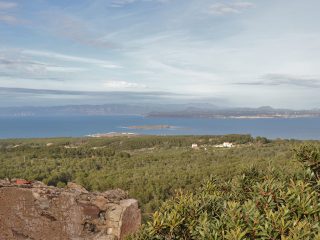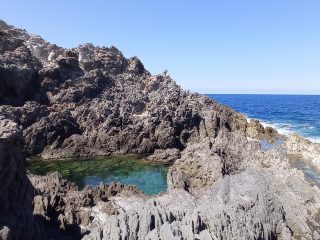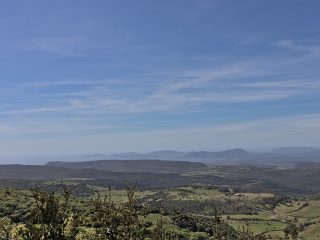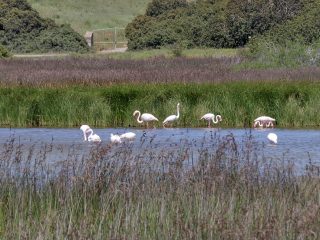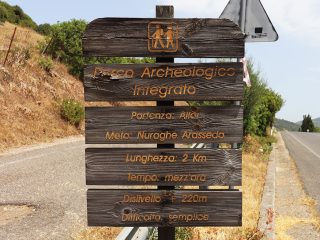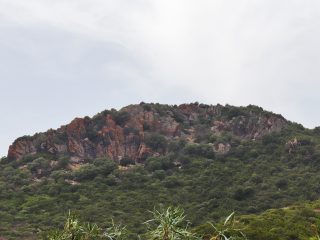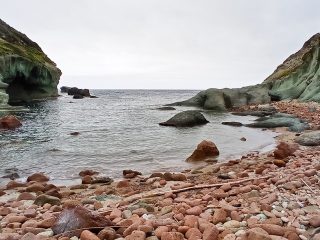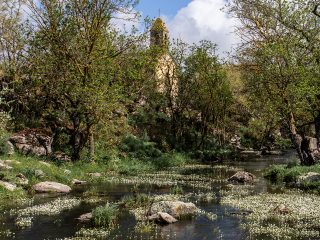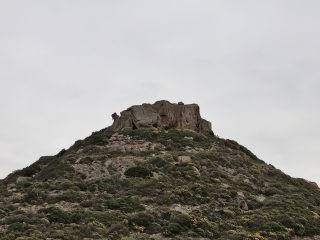The Piscinas beach sits on the west coast of Sardinia, in the municipality of Arbus, along the coastline known as Costa Verde.
This stretch of coastline is famous for its coastal dune system. Indeed, the Dunes of Piscinas represent an area of sandy dunes which extend for around 28 square kilometres.
Majestic sparkling sandy dunes declared a UNESCO Heritage Site. The dunes extend from the coast towards the hinterland for around two kilometres and reach a height of 100 m a.s.l., making them among the highest dunes in Europe.
The seabed is clear and becomes instantly deep, with a step configuration. The waters are home to a variety of fish, including sand steenbras, croakers and gilthead bream.
As along most of the Costa Verde, Piscinas is also exposed to winds and rough seas caused by the Mistral Wind, so great care needs to be taken when swimming there.
The flora found in the dunes and surrounding area includes century-old juniper, mastic trees, wild olive, broom and euphorbia. We can find salt cedars and juncus near the rio Naracauli river which flows into the seaboard. From Spring onwards, in the sandy areas, hoary stock, the sea daffodil and the yellow horned poppy blossom.
The fauna living in the area includes the Sardinian deer, as well as the Mediterranean tortoise and the Loggerhead sea turtle, which often nests and deposits its eggs on the beach.
In the past, it was a mining area. Indeed the rio Piscinas, a torrential river which emerges to the north of the beach area, starts in the area of the Montevecchio mines. The river, also known as the “red river”, is well known precisely for its red coloured water, influenced by the waters coming from the disused mines.
The only building in Piscinas was the mining warehouse for the nearby mines of Gennamari and Ingurtosu, declared a National Monument in 1985 by the Ministry for Heritage and the Environment.
After being a warehouse, the building became a seaside summer camp for the mining company’s children. Following on from this (at the start of the 1990s) it was turned into a hotel by Sergio Caroli, former colonel of the Folgore paratroopers and son of the last director of the Ingurtosu mine. The entrance to the hotel is still the original tunnel dug out at the start of the 1800s.
The residential areas are quite far from the beach but there are two kiosks-restaurants, which also offer bathing facilities. The car park near the beach is also equipped to welcome camper vans.
The area is also protected by the presence of two Sites of Community Importance (SCI) “From Piscinas to Riu Scivu” (ITB040071) and “Monte Arcuentu and Rio Piscinas” (ITB040031), regulated by the Rete Natura 2000.


